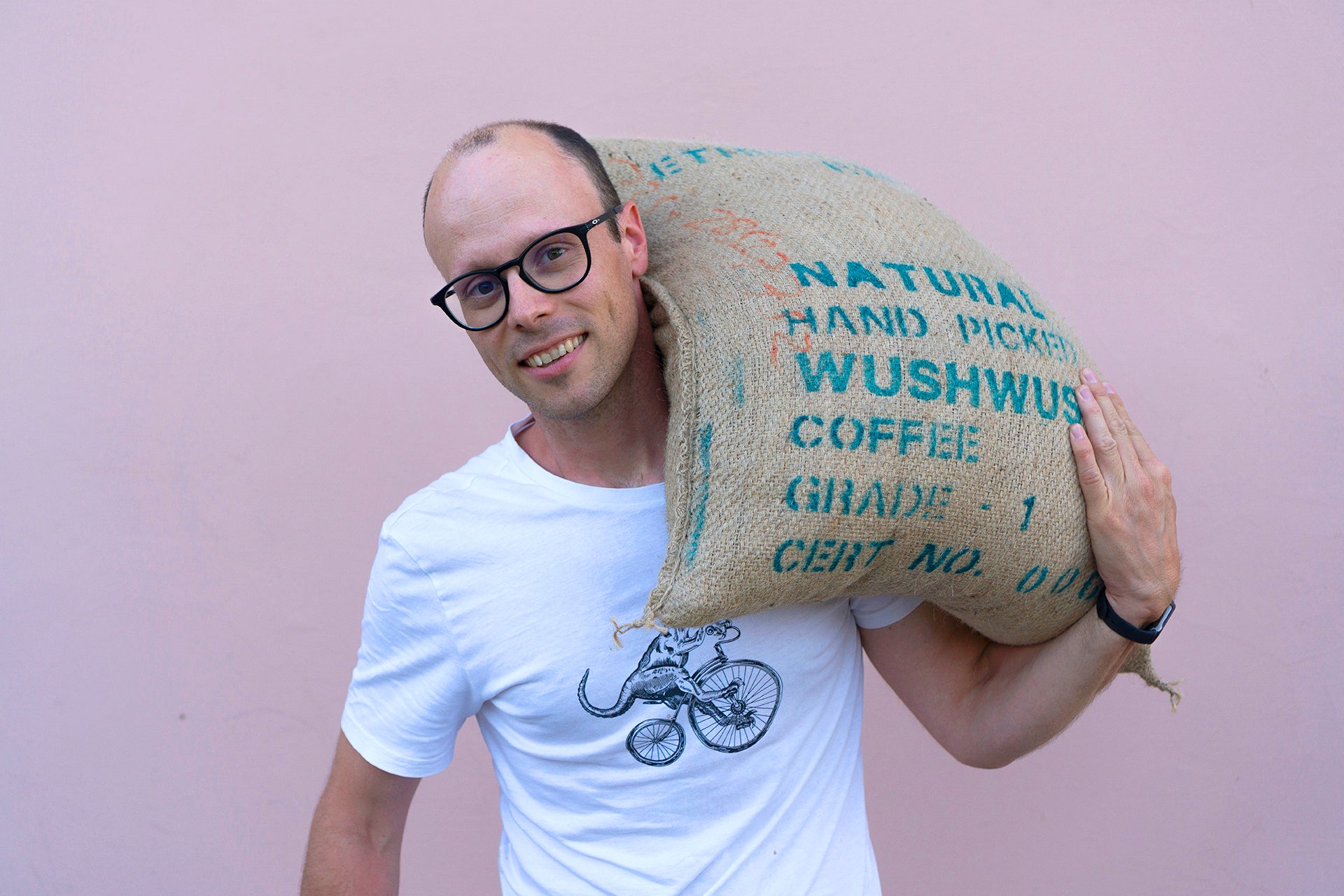There is a huge difference in taste between coffee and coffee .
Coffee is similar to wine in many ways. From the point of view of the finished drink, the raw material and where it was grown is not important: the continent, the country, the region, the place of origin are all defining characteristics (in the case of the premium Arabica varieties we use, the location of the hillside within the farm also matters!). The type of coffee bush matters (see: furmint or kadarka in the case of wines, even though two coffees come from the Arabica strain, a South American Caturra variant has a completely different taste than an Ethiopian Heirloom).
The taste is influenced by the altitude where it was grown, what the weather was like, and the processing method used to separate the pulp from the seed. Not to mention the roasting, what profile the roaster used, how dark the coffee beans were roasted, etc.. All of these affect the taste of the coffee, making it fruitier, sweeter, more sour.
"Each area, each processing method, has its characteristic, easily recognizable taste, which is characteristic of the coffees from that area."
Part of our job is to constantly taste coffees. On the one hand, we also develop because of this, since the sense of taste can be developed very easily, and can be kept in training with a lot of conscious tastings. On the other hand, this way we can get to know new coffees, and if one of them performs very well, we can even add it to our offer. Of course, we love coffee, and tasting coffee is good.
What is cupping?
Coffee tasting (officially known as cupping) has a special protocol that is done the same way all over the world, simply so that the results can be compared. Grind the roasted coffee coarsely, pour hot water over it and let it soak. After a certain time, we remove the layer of coffee grounds on top and taste the coffee left in the cup by sipping it loudly (in the past with a special spoon, everyone from the same cup, nowadays it is more common for everyone to have a separate cup). In the case of sipping, it is important to mix the coffee with air, so that we can appreciate its taste, smell and aroma at the same time.
The official cupping protocol also includes the scoring table, based on which we evaluate the coffees at the end. It is also important that those of us who taste are "calibrated" together, i.e. we think the same about each flavor as the others. Fortunately for our team, this happened years ago and we just have to keep up.
This is how we select all Samurai Shoelace coffees together. "Only those coffees that win unanimously and in full agreement at the tasting can be put into the capsules." If there is a dispute or there is no agreement, we prefer to let those products go, as it is important that we all feel that we are giving out only the best coffees.
